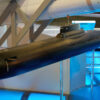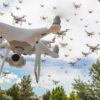Commercial drones offer a wide range of potential uses, from deliveries to aerial surveys, but there are several hurdles that limit their accessibility. Issues such as high costs, regulatory restrictions, and technical challenges make it difficult for businesses to fully adopt this technology. Addressing these challenges is crucial for unlocking the full potential of drones in various industries.
Contents
Regulatory Restrictions

Stringent regulations create significant barriers for commercial drone use. Countries impose strict rules regarding where drones can operate, especially around airports or crowded areas. This limits the potential of drones in business sectors. Although these regulations prioritize safety and privacy, they often hinder widespread adoption. Simplifying regulatory frameworks could enhance commercial drone accessibility.
High Cost of Technology

Advanced drone technology comes with a hefty price tag. Commercial drones equipped with sophisticated sensors and cameras are often too expensive for small businesses. While consumer drones are more affordable, they lack the capabilities needed for industrial tasks. Reducing manufacturing costs or creating budget-friendly alternatives can help make drone technology more accessible to a wider range of industries.
Battery Life Limitations

Most drones have a relatively short battery life, typically lasting around 20 to 30 minutes. This short duration restricts the range of activities they can perform, especially for long-distance tasks. Extending battery life would allow for more extensive applications in areas such as deliveries or surveillance. Advancements in energy storage could significantly enhance the operational potential of commercial drones.
Lack of Skilled Operators
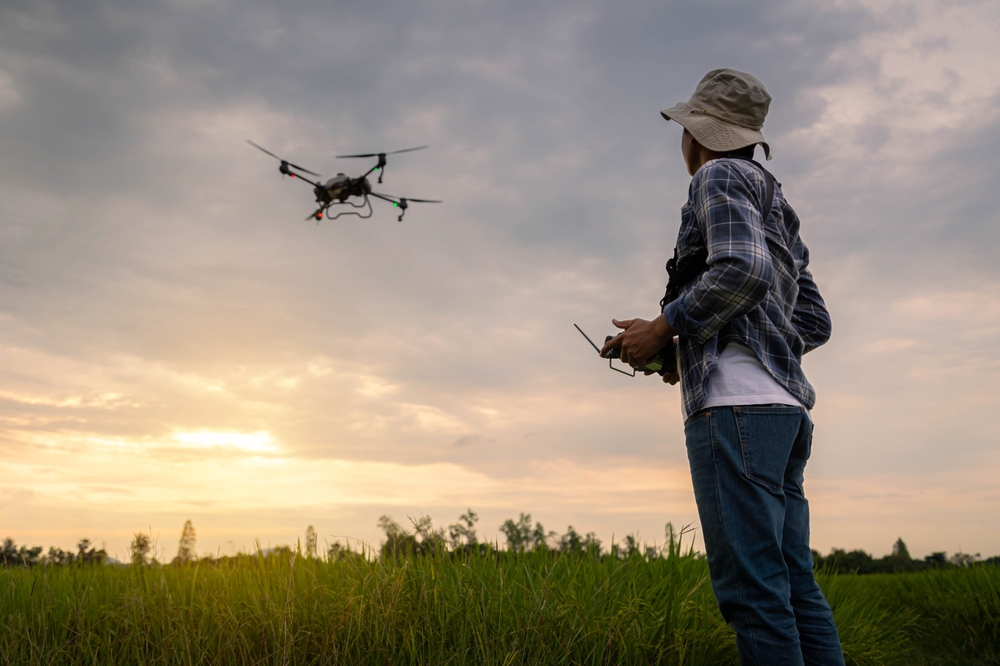
Operating drones for commercial purposes often requires specialized skills and certifications. The complexity of tasks like aerial mapping or inspections demands trained professionals, which can be a barrier for many businesses. Automation and user-friendly interfaces could simplify drone operation, reducing the need for highly specialized operators.
Public Safety Concerns
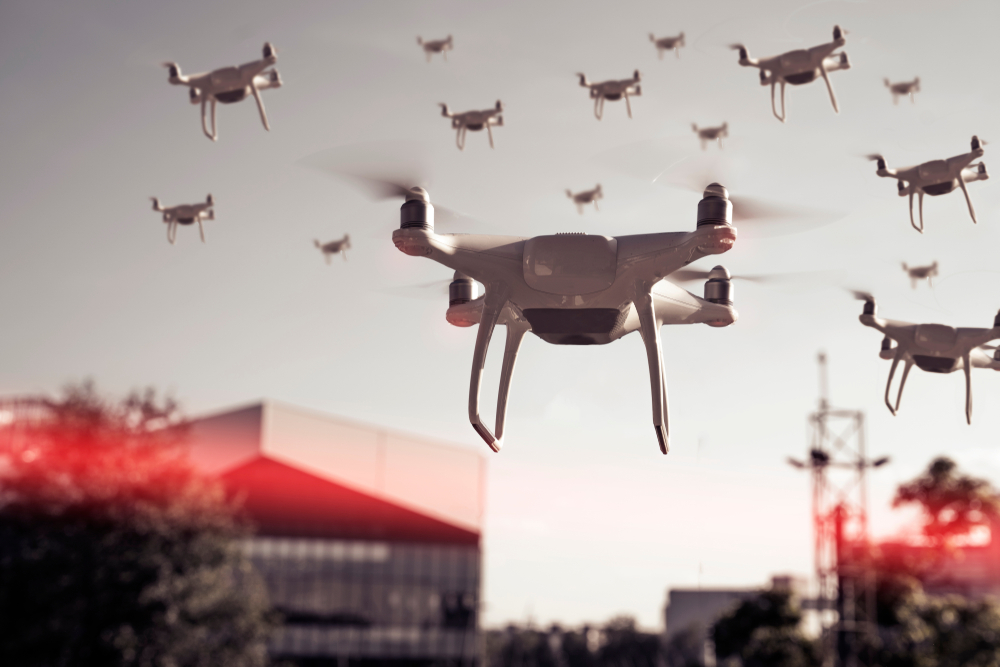
Concerns about the potential risks drones pose to public safety are ever-present. In densely populated areas, accidents involving drones could lead to injuries or property damage. This naturally raises caution and hinders drone integration in everyday commercial operations. By implementing stricter safety protocols and improving reliability, businesses can alleviate these concerns.
Air Traffic Integration

As the number of commercial drones increases, managing airspace becomes more complex. Drones must share the sky with manned aircraft, raising concerns about collisions. Effective air traffic management systems tailored to drones are not yet fully developed. Integrating drones safely into existing air traffic systems will be critical for their wider use in commercial industries.
Data Security and Privacy Issues
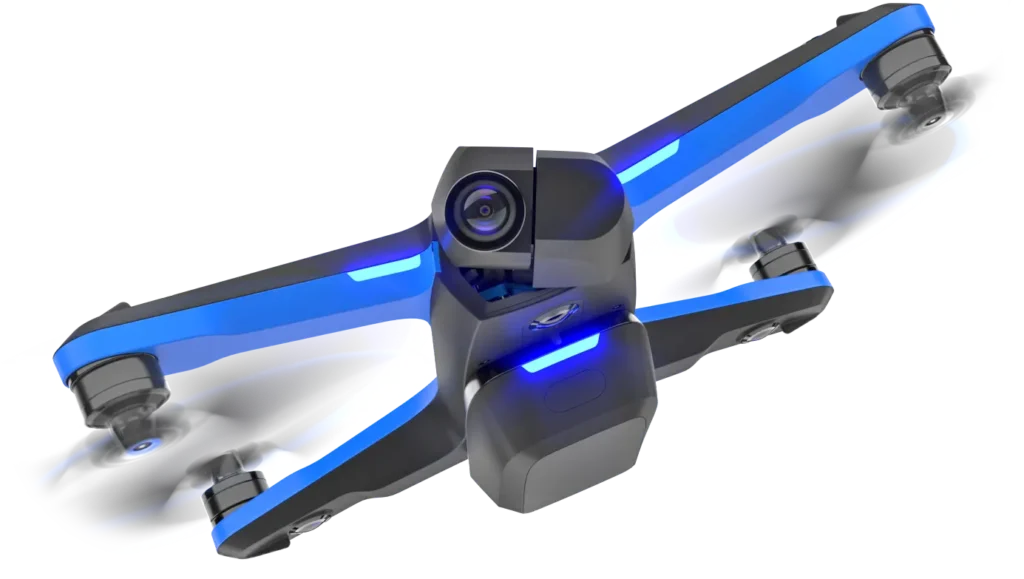
Drones equipped with cameras and sensors collect a wealth of data, which raises serious concerns about privacy and data security. Without proper regulations, sensitive information could be mishandled or misused. Protecting data collected by drones through secure systems is essential to build trust in their commercial use. Clear guidelines on privacy protection will enhance public confidence.
Weather Sensitivity
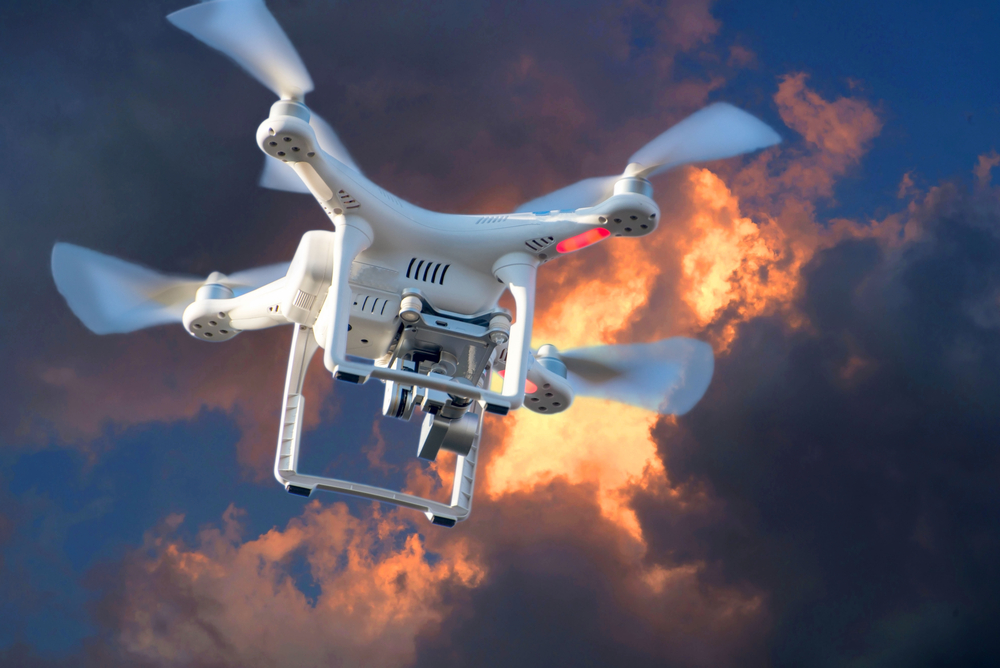
Drones are often limited by weather conditions, such as high winds or heavy rain, which can impact flight stability. Extreme temperatures also reduce battery performance, further restricting operational windows. Enhancing drone designs to withstand a broader range of environmental conditions could allow them to be used more reliably in various industries.
Infrastructure Requirements
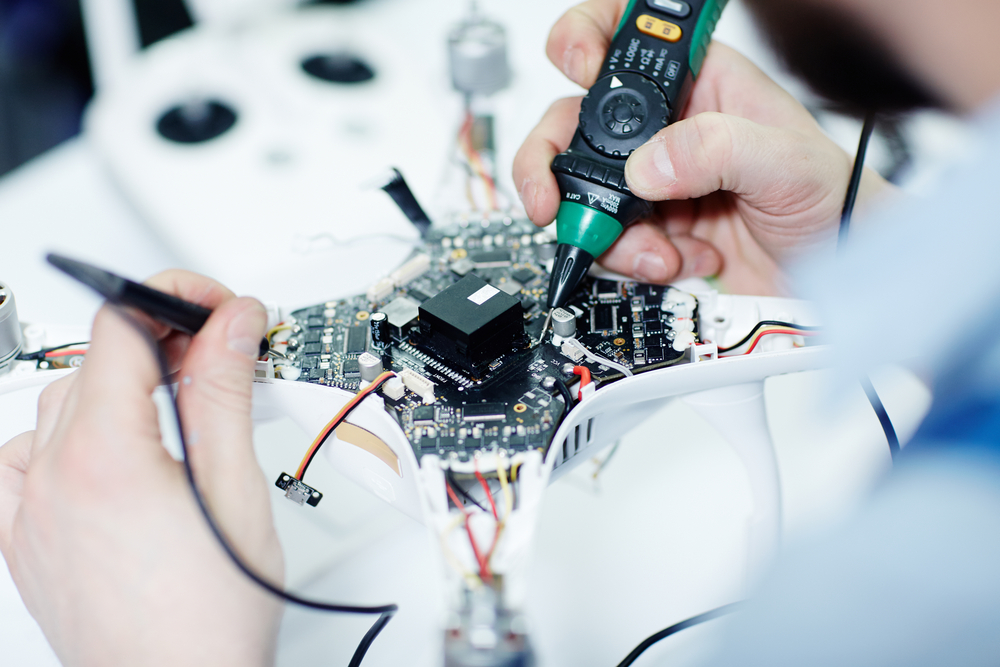
Many commercial drone applications rely on a robust support infrastructure, such as charging stations or maintenance facilities. Currently, this infrastructure is underdeveloped, particularly in rural or remote areas. Expanding the necessary infrastructure for drone operations would facilitate their integration into more sectors. Investments in drone-friendly infrastructure will help scale up their commercial applications.
Limited Payload Capacity
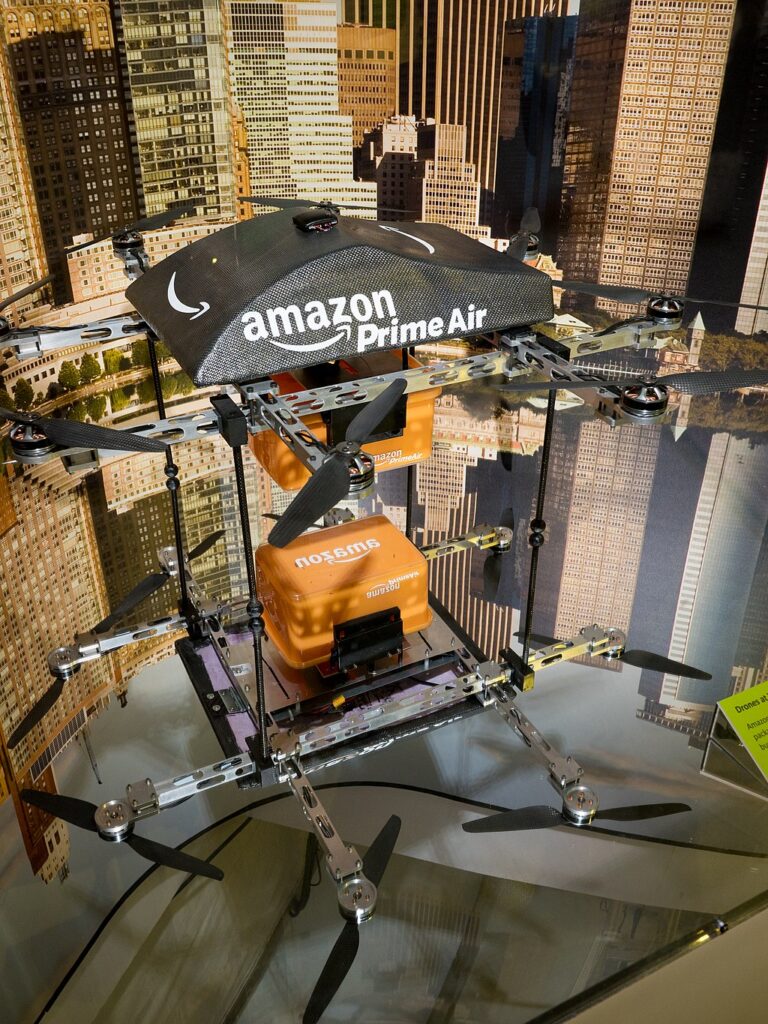
The ability to carry heavier payloads remains a challenge for many commercial drones. Most are designed to transport small packages or lightweight equipment, which limits their use in logistics and other industries. Increasing payload capacity without sacrificing flight performance could broaden their appeal. Enhanced drone designs would allow them to serve more industries efficiently.
Noise Pollution
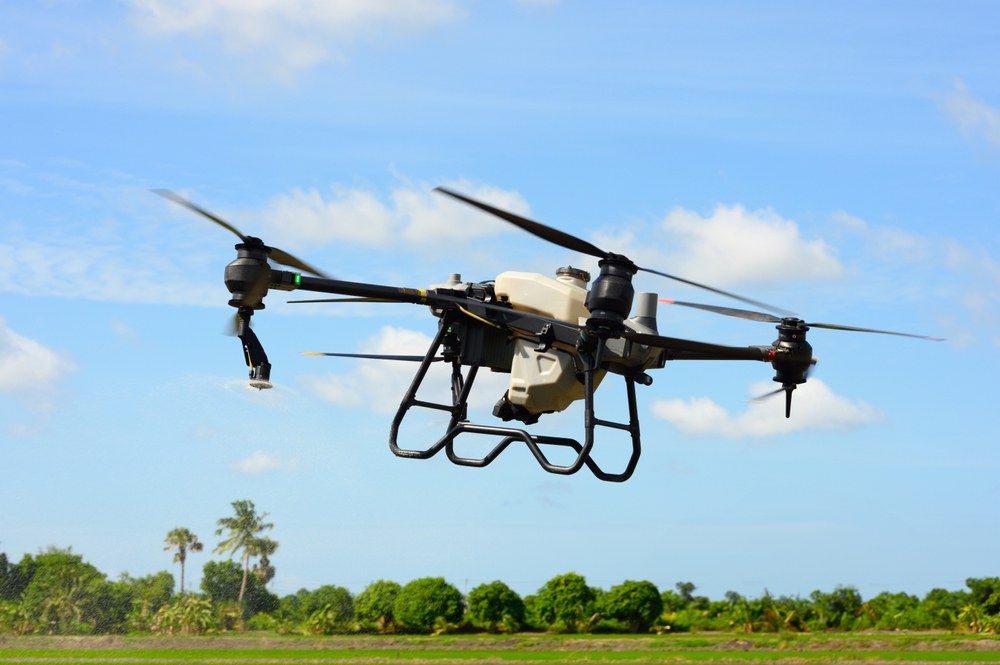
Drones generate noise, which can become disruptive, especially in urban environments. Constant buzzing from drones flying overhead could lead to complaints from residents or disturb wildlife. Reducing noise output through innovative design modifications could make drones more acceptable in both urban and rural areas. Quiet drone models are essential for improving public perception.
Flight Range Restrictions
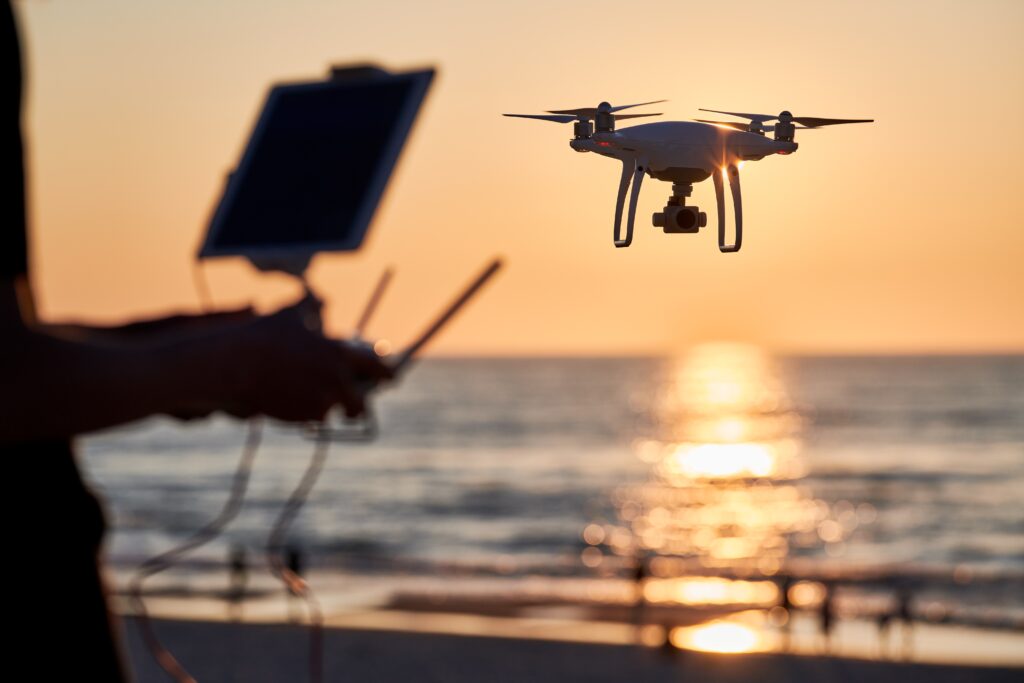
Most drones are limited in their flight range due to line-of-sight communication requirements. For tasks like long-range deliveries or surveillance, this limitation severely restricts their potential. Advances in communication technology, such as 5G, could extend the operational range of drones, allowing for more widespread use. This would unlock new possibilities for drone-based services.
Legal Liability Issues

Determining who is legally responsible when a drone causes damage or malfunctions can be complicated. Is the operator, manufacturer, or software provider liable? These unresolved questions make businesses hesitant to adopt drone technology. Clear legal frameworks must be established to address liability issues, which will encourage more companies to use drones confidently.
Insurance Costs

Insuring commercial drones can be prohibitively expensive due to the high risks associated with crashes, malfunctions, or cyberattacks. The cost of insurance often discourages smaller businesses from integrating drones into their operations. Developing industry standards and improving safety protocols could reduce risks and, in turn, lower insurance premiums. Affordable insurance would make drones more accessible to smaller companies.
Software Integration Challenges
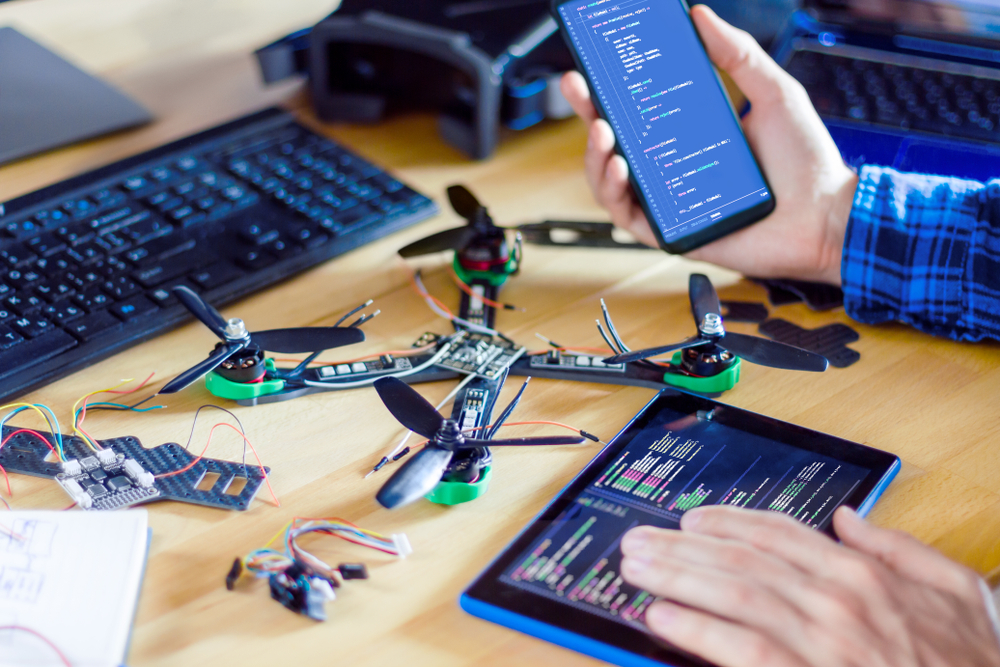
Many businesses struggle to integrate drone-collected data with their existing software systems. Without standardization in drone software, compatibility issues often arise, slowing down the adoption process. Developing standardized systems that allow seamless integration with logistics or analytics software will enhance drone usability. Improved software interoperability will make drones a more valuable asset for businesses.
Environmental Impact

The environmental footprint of drone production and use is becoming a growing concern. Issues like battery disposal and noise pollution have raised questions about their sustainability. Manufacturers are working on developing eco-friendly materials and recycling programs, which could reduce the negative impact. Creating greener drones will help address environmental concerns, making their use more acceptable.
Security Vulnerabilities

As with any digital technology, drones are vulnerable to hacking and cyberattacks. A compromised drone could lead to data breaches or even physical threats if hijacked during flight. Strengthening cybersecurity measures for drones will be crucial to ensure their safe use. Enhanced security protocols will help protect businesses and the public from potential risks.
This article originally appeared in MyCarMakesNoise.
More from MyCarMakesNoise
Toyota’s Top 20 Reliable Cars That Stand the Test of Time

When it comes to reliability and durability, some things are built to stand the test of time. Whether it’s a well-crafted product, a lasting relationship, or a trusted brand, true quality endures. Read More.
15 BMW M Series Cars That Dominate Both Track and Road

When it comes to performance and precision, BMW’s M Series cars have always been at the forefront, delivering an exhilarating driving experience both on the track and the open road. Read More.
16 Hidden Costs of Electric Cars That Could Drain Your Wallet

Owning an electric car comes with many benefits, from reduced fuel costs to a smaller carbon footprint. However, several unexpected expenses can catch new EV owners off guard. Read More.








